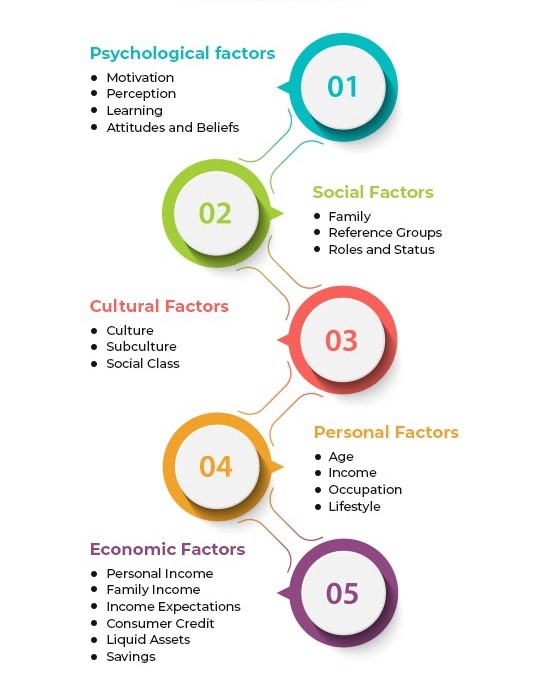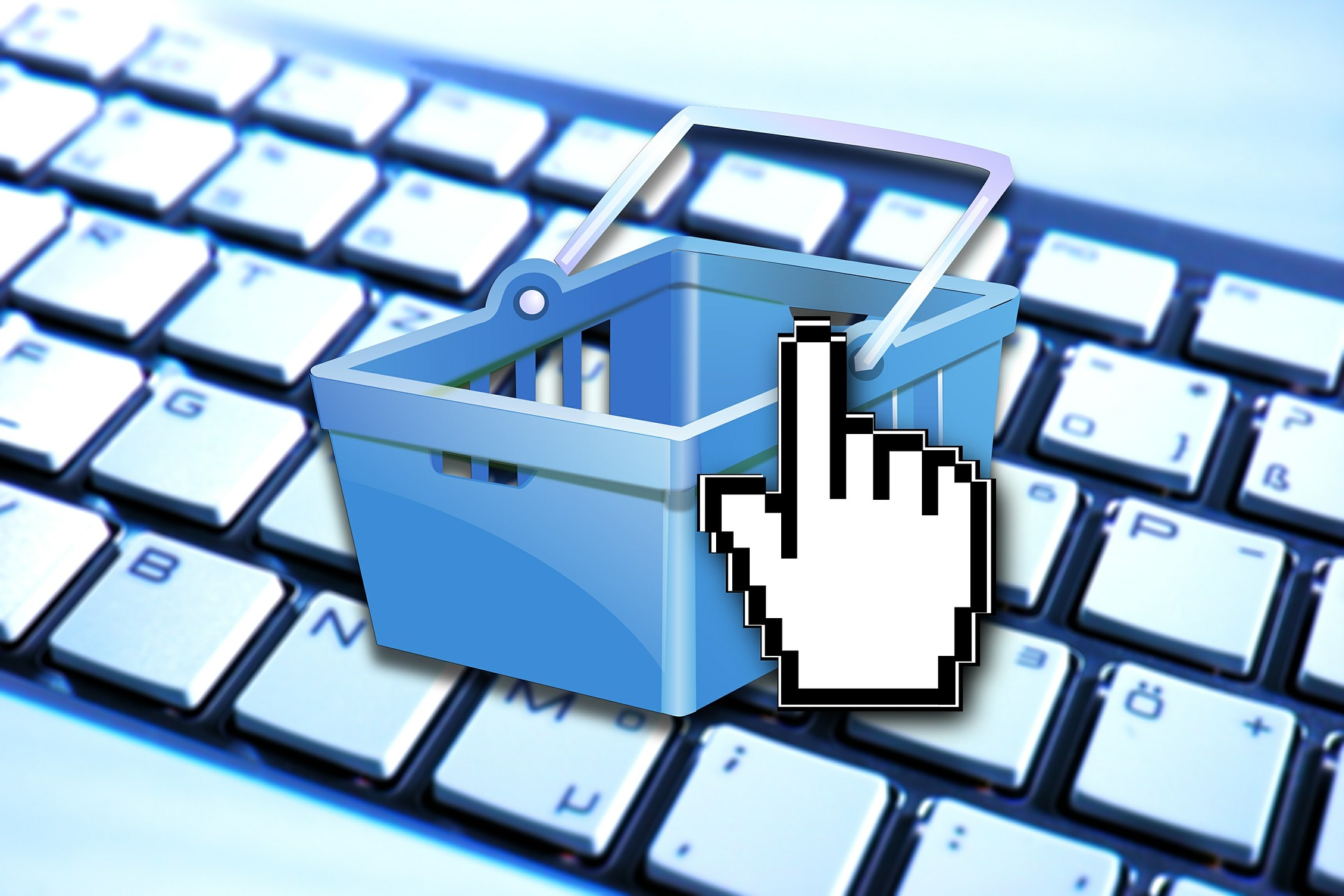Take a look at any marketing tutorial. One of the most critical elements is understanding the target audiences. The experts will typically recommend creating a persona. The aim is to develop a representation of what your target or ideal client would be.
Coming up with a persona is an intensive process. The marketing team must undertake thorough market research to gather key insights. And, that includes understanding buyer behavior, types, influencing factors, and effects.
We will explore this point on buyer behavior in more detail in our articles.
Buyer Behavior: What Is It?

Source: marketing91
Think about your typical purchasing habits. What drives you to buy a particular product or service? The truth is, the motivations are different for everyone. For some, it could be price, brand trust, referrals, and so on. But, one thing remains constant for all consumers. There is a decision-making process behind any action they take. That, in its simplest, is the definition of consumer or buyer behavior.
Understanding buyer behavior in marketing serves one critical function. It provides the teams with insights into the WHY and HOW behind purchasing decisions. From this, it becomes easier to differentiate consumers within a specific customer demographic.
Think about it this way. All new parents need baby products. But, within that demographic are some differences that may impact buying behavior. One family may, for example, buy organic products for perceived health reasons.
But, the other may not because they do not share the same perception. It would, therefore, not be wise to target the two families with the same messaging.
The right marketing skills mean coming up with tailored strategies. Strategies that take into account the differentiation.
Factors That Determine Buying Behavior
Several factors determine buyer behavior. These include:

Source:analyticssteps.com
Types of Buyer Behavior to Know
Complex or Extended Buying Behavior
- Level of involvement – high
In complex buying behavior, the consumer takes time before making a purchasing decision. Such individuals will research, seek recommendations, read reviews, and so on.
The higher the risk, the more active they are in the process. It typically happens when buying high-value products like houses, cars, or investment strategies.
Limited Decision-Making Buying Behavior
- Level of involvement – low
Limited decision-making occurs when a consumer buys familiar things, but his choice is between several brands and models. This means they have little variety and only a few options. Most of these customers will compare the features and benefits of each individual product and choose the one that best meets their needs.
Habitual Buying Behavior
- Level of involvement – low
What happens when you need to buy items like salt, detergents, or sugar? You run to the supermarket. And, without much thought, pick the same brand you have used over the years. That describes habitual buying behavior.
Dissonance Reducing Buying Behavior
- Level of involvement – high
The dissonance-reducing buyer has some similarities to the complex buying behavior. The items may be expensive but without much differentiation from other brands.
Take the example of buying a fridge or lawnmower. The buyer could base their decision on price, design, or other factors.
But the buyer could end up with some misgivings or dissonance about their choice. Perhaps the other brand could have been better.
Variety-Seeking Buying Behavior
- Level of involvement – low
Variety seekers have a low level of involvement but high curiosity. It is all about trying out something new, not necessarily because what they have is bad.
The cost of such items is usually not high. Take the case of purchasing different breakfast cereals, soap, or even toothpaste.
Impulsive Buying Behavior
- Level of involvement – low
Impulse buyers do not put much thought process into what they buy. Think about the number of times you pick candy or chocolates from the stand near the counter, just because they are there. You could also buy it because you saw an advertisement or celebrity endorsing it.
Types of Buyers
Buyer types are a set of categories that characterize consumer spending habits. We can classify buyers into three main types:
- Spendthrifts who tend to spend money without much hesitation. They can be attributed to that model of impulsive buying behavior.
- Average spenders want to save money but don’t compromise on quality. They are willing to spend a little more if the product is worth it. The level of involvement is high due to the amount of research before buying.
- Frugal spenders work within budgets. Price is the determining factor for them.
Buyer Behavior Model

Source:unsplash
Now let’s take a look at some buyer behavior models.
The Learning Model
The learning model borrows from Maslow’s hierarchy of needs. It bases its arguments on two premises. One is the satisfaction of basic human needs. You buy food to satisfy hunger.
The second is to satisfy learned needs. You buy the latest fashion items to stay trendy.
Psychoanalytic Model
The psychoanalytic buyer behavior model borrows from Sigmund Freud’s theory. It looks at the conscious and unconscious motivations that drive purchasing behavior.
It could be, suppressed desires, fears, and external stimuli like advertisements or personal longings.
Sociological Model
According to the sociological model, purchase behavior may depend on an individual’s position in society. An individual member adopts the appropriate role in order to conform to the style and behavioral pattern of the social class to which he or she belongs.
Think, for example, about a top-level executive buying a high-end car or business wear because society expects.
Effects of Buyer Behavior
Why is it necessary to understand buyer behavior in so much detail? Well, the benefits are plentiful, including:
- Better customer retention by ensuring customers are happy with whatever they buy.
- More effective marketing strategies are based on a deeper understanding of the target consumer.
- Market trend prediction is based on how customers behave. Take the example of more customers shopping on online platforms post-Covid. Or a greater focus on health and sustainability as a new trend. Brands are taking advantage by introducing organic or natural products. Industry leaders like Mcdonald’s have introduced healthier meal options to help fight obesity.
- Keeping up with emerging trends means the company remains relevant.
- Better customer service. You provide only that which is relevant or meets the unique individual needs.
- Understanding buyer behavior provides a fantastic way to gain a competitive edge. Your product and service offering will aim at meeting consumer expectations and motivations.
- The clarity in buyer behavior can lead to innovation and scalability. Go back to the McDonald’s example above. They are now offering fruits and veggies as well. That means they can tap into a customer base that has an aversion to fried, fast foods.
Final Thoughts
Launching products or services without understanding buyer behavior can be a recipe for disaster. Identify the target audience and then develop a buyer persona.
Now, go a step further and explore the how and why behind purchasing decisions. Why will one customer buy a product while another doesn’t? Yet, they both belong to the same demographic.
Finding an answer can have so many benefits to the company. These include better product or service offerings and improved customer service. Understanding buyer behavior is a fascinating topic that is so critical to the success of the business.
Image source: pixabay.com






